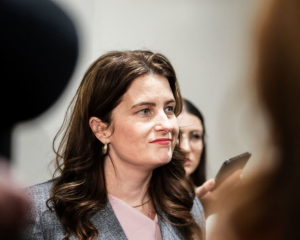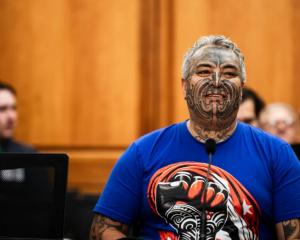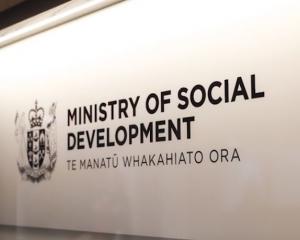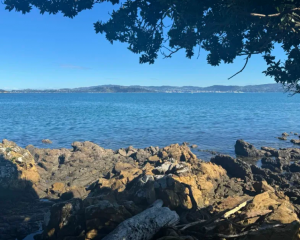
Momentum picked up in March with the creation of the group to look at whether a new entity was viable, and if so, how to make it happen, chairwoman Tracey Martin said yesterday.
It was now into the ‘‘nitty gritty’’, considering in detail how it might be implemented and over what timeframe.
The group was asked to complete the business case by the middle of the year so the Cabinet could consider it before the end of the year, as well as starting work to develop a draft charter.
Ms Martin said the strategic case was completed pretty quickly to identify the problem, ‘‘why are we doing this?’’.
One of the main drivers when she took up the role was ‘‘people thought that we, the governance group, was here to just smash RNZ and TVNZ together... and that is just not what we’ve been asked to do’’.
The group took some excerpts from the strategic case and ‘‘started talking to people in the media ecosystem... to make sure we socialised that’’, then completed the economic, commercial and financial cases.

The model it was leaning towards was similar to that outlined in the original January 2020 Cabinet paper, she said.
That was a single overarching entity, with some Crown and some non-Crown funding.
‘‘What is commercially free at the moment needs to remain commercially free’’.
It would also have to be ‘‘future proof’’, to be able to ‘‘shift and move to where New Zealanders are, where they want to get their content from’’.
She said RNZ and TVNZ were at the top of the list when it came to audience trust so ‘‘you wouldn’t do away with those’’.
‘‘They deliver really, really well. This is not being done because there’s a problem with RNZ or TVNZ.
‘‘This work is being done because there’s a change going on both nationally and internationally, inside the media ecosystem."
Current legislation and the current models were not working, she said. What was needed was ‘‘another model that is more flexible with sustainable funding routes’’.
‘‘So RNZ and TVNZ come in . . . underneath the single entity that Cabinet has mandated we have.
‘‘But then the entity also has the opportunity to flex and innovate; and so pop up new brands, or new channels or new on-demand platforms.
‘‘Try it out and then fold it down if it doesn’t work, or expand if it does to the under-served and under-represented audiences we have in New Zealand at the moment.’’
When asked if this could cost a substantial amount if the Government was serious about doing it properly, Ms Martin said the group had been looking at the ‘‘status quo . . . the current budget lines’’.
It was working on that basis, supplemented by the ability to make commercial revenue, such as leveraging off the creation of unique New Zealand content.
‘‘That is marketable internationally.
‘‘What if this entity can create content that is seen by the New Zealand taxpayer, on their public media, free to air for them, but then has some commercial capacity offshore?
‘‘We have to think a little bit differently, and not think that ‘OK, we’re going to now have ads every five minutes’, because that’s not necessarily the case.’’
As well as the cost of the preferred option, Ms Martin said the group was also looking at the implications and potential pressures if Cabinet decided to do nothing.











